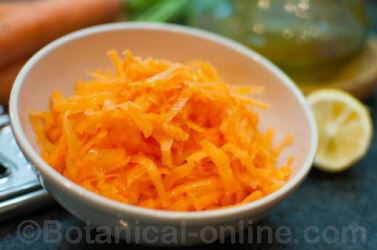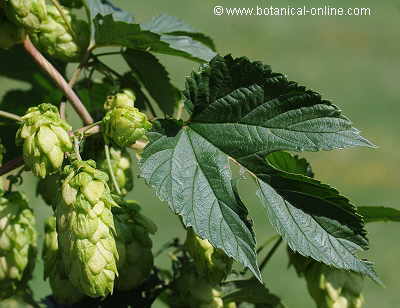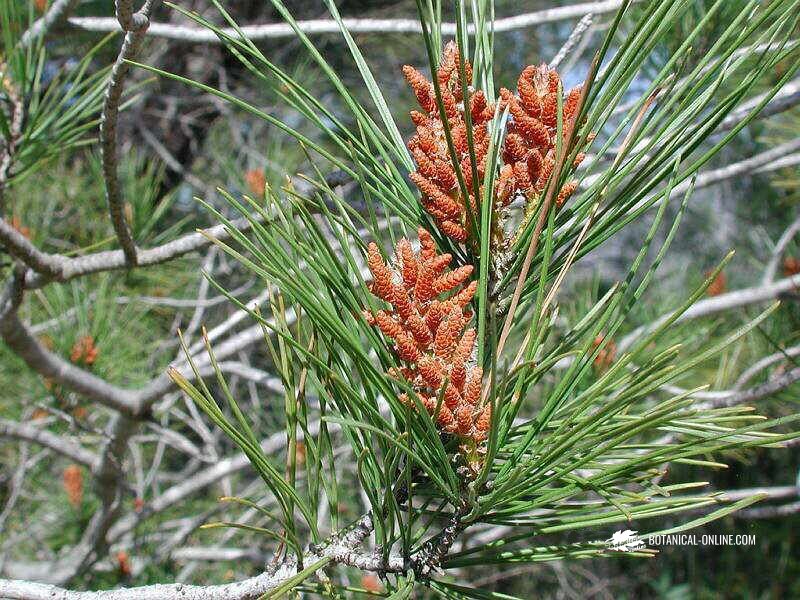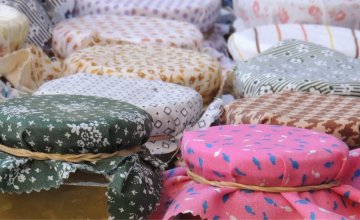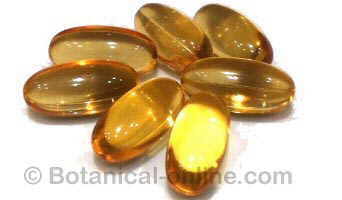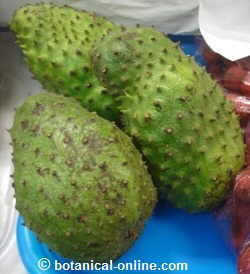Contents
Medicinal properties of goldenrod
Medicinal properties of Solidago virgaurea
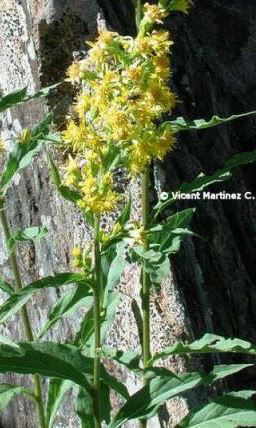
Goldenrod (Solidago virgaurea L.) is mainly used as a medicinal diuretic plant, for its saponoside principles that stimulate the production of urine and grit removal of the kidneys, when taken in teas. Besides these effects, it has some antiinflammatory and antiseptic activity.
Another application of this plant is as an astringent because of its concentration in tannins. Tannins form complex with proteins and carbohydrates present in the skin and membranes, resecting tissue and producing an antidiarrheal and antiseptic effect. In external use, they are used to clean wounds and improve healing due to the action of tannins.
Goldenrod is a plant of the Compositae family, botanically closely related to chamomile or calendula. They should not be used by people with allergies to plants of this family.
INTERNAL USE PREPARATIONS WITH GOLDENROD
- Diuretic properties: Saponins, flavonoids, caffeic acid and chlorogenic acid in this plant have diuretic properties that stimulate urine production. These properties of goldenrod were described for the first time in the Middle Ages by Arnaldo de Villanueva (Arnau de Vilanova in his native language, Valencian). This man was a Spanish doctor of great importance. Among his patients there were priests and popes He called Goldenrod “a wonderful plant to cause urine to break kidney stones.” At present, this remains its primary use.
The diuretic properties of this plant entitle it for the natural treatment of edema or fluid retention, rheumatic diseases, arthritis, cleansing diets, fasting, dieting, gout, and in situations where it is appropriate renal elimination of liquid and metabolic waste. (Infusion of 1 tablespoon per cup, let stand 5 minutes. Take 2 times a day. 1 time every two hours in acute gout or arthritis)
- Kidney disease: For its diuretic, slightly antiseptic and antiinflammatory properties of the urinary tract, goldenrod is used in urinary tract infections, acute nephritis and cystitis, as adjunctive treatment to reduce inflammation and pain in urination.
It increases renal elimination of calcium and it is adequate in preventing calcium oxalate kidney stones (antilithiasic). (Infusion 1 teaspoon of dried flowers per cup, let stand 5 minutes. Take 3 times daily) (decoction of flowering tops 3%, 1 teaspoon of dried plant per cup)
- Candidiasis: The plant contains saponins with antifungal properties against Candida albicans, which causes many vaginal infections. (Infusion of flowering tops 1 teaspoon per cup, let stand 5 minutes. Take 3 times a day). It is used externally for candidiasis in the oral cavity or for skin.
- Intestinal infections: Because of the astringent properties of tannins and being slightly antiinflammatory, it is administered by infusion or syrup in gastroenteritis and diarrhea. For its mild effect, it is traditionally used to curb childhood diarrhea. (Infusion of flowering tops 1 teaspoon per cup, let stand 510 minutes for the tannins are released in the water Take 23 times a day.) (Syrup: Infuse 40g of flowering tops in 1 liter of water, cook to reduce the liquid by half, strain and add sugar to a syrup (about 1 kg.), stirring slowly to form it. Take 3 tablespoons a day)
- Prostate: It is a traditional remedy for prostate enlargement (treatment of symptoms). It reduces inflammation and stimulates the production of urine in benign prostatic hyperplasia. (Infusion 1 teaspoon of dried flowers per cup, let stand 5 minutes. Take 3 times daily)
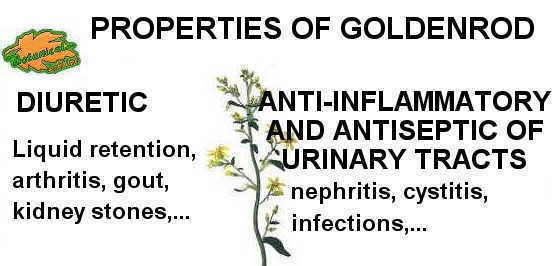
Print summary of the main medicinal applications of golden rod plant or goldenrod (Solidago virgaaurea L.) in internal use.
© Botanical-online.com
EXTERNAL USE REMEDIES OF GOLDENROD
- Vulnerary: The main action of goldenrod in external use is due to its vulnerary properties for wound healing. This effect is due to the tannin content of this plant. Tannins form complexes with the macromolecules of skin, excising the tissues, sealing them and producing a slighly shallow vasoconstriction. They also exert an antiseptic and antihemorrhagic action.
Because of tannis, this plant is used to clean wounds and improve healing. (Compresses. 50100g decoction of dried plant per liter of water, cool, strain, and apply to the skin, superficial cuts or wounds, burns, skin diseases, with a clean chiffon. Cooling serves the compress not to burn the skin, but also this time of rest favors the tannins to be released into the water). The same remedy is used for thrush or mouth sores (by means of gargling).
- Oral candidiasis: Gargles are used for their antifungal properties for oral candidiasis or candidal stomatitis, a fungal infection of the mouth caused by the fungus Candida albicans. (Gargling with a decoction of 50 g of dried plant per liter of water, let cool and stand for 10 minutes, strain, gargle and spit. Perform 35 times a day)
Precautions with golden rod plant
- For precautionary principle, goldenrod should not be used in pregnant or breast feeding women because its safe use is unknown in these cases.
- No preparations with this plan should be consumed by people allergic to daisies or plants of the Compositae / Asteraceae.family
- For its diuretic properties it should not be used in cases of medicated hypertension, heart failure or kidney failure
![]() More information on goldenrod.
More information on goldenrod.


